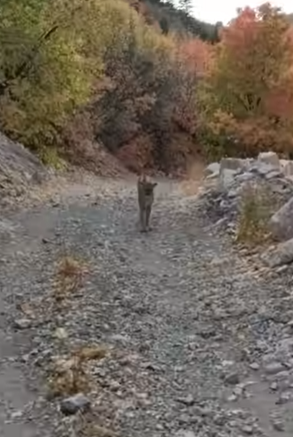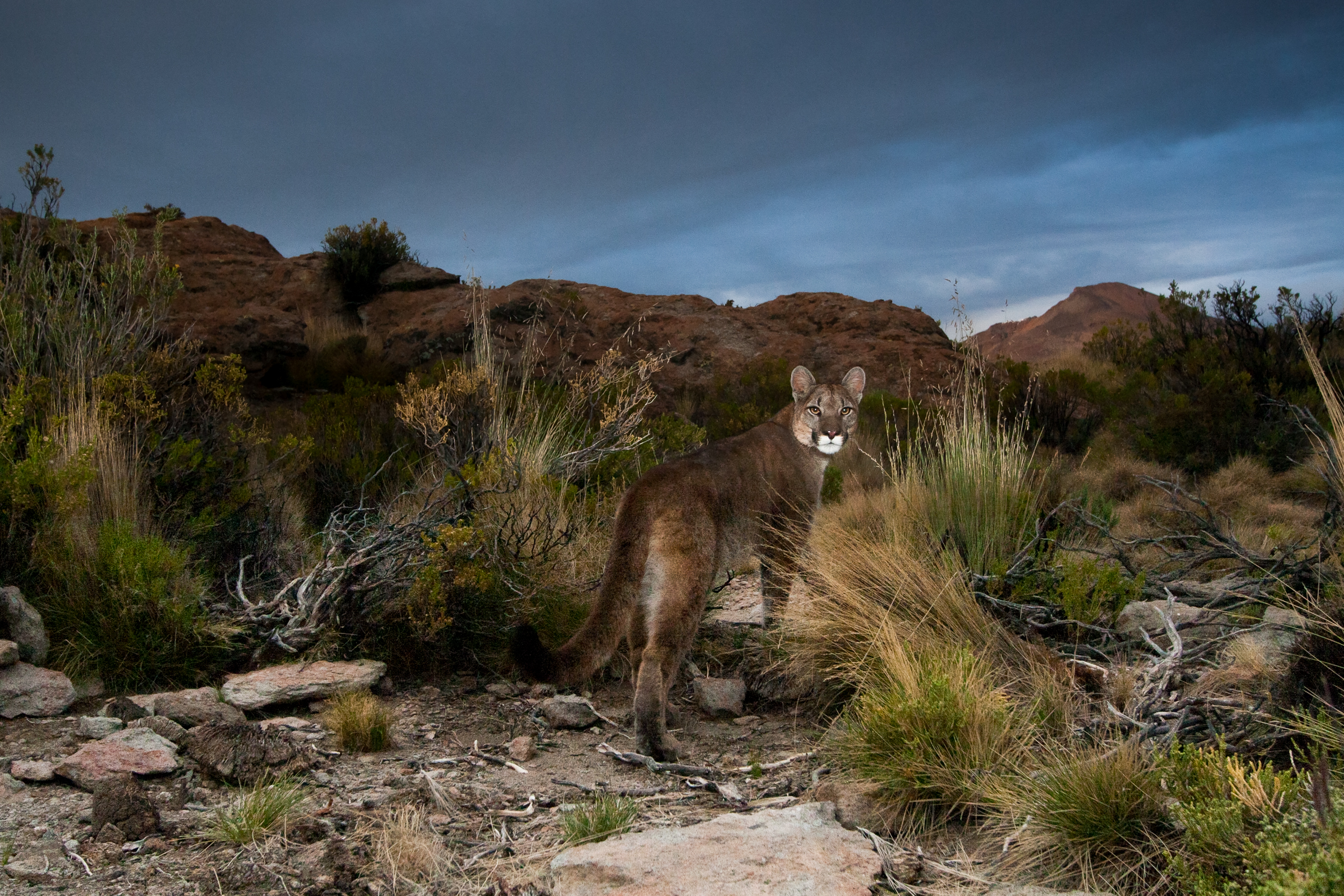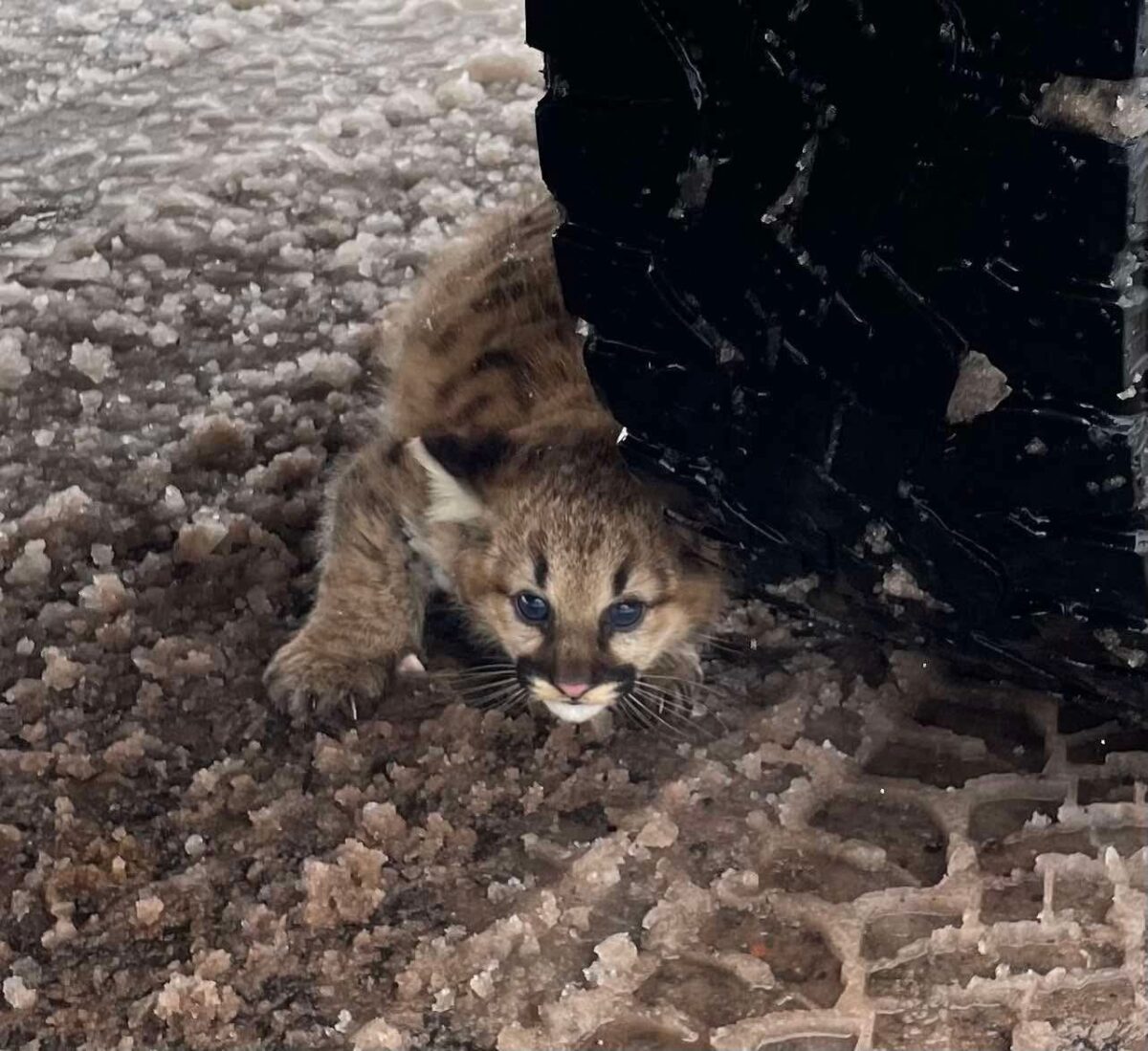 With an Orem, Utah, runner’s video of a harrowing mountain lion encounter going viral, the Mountain Lion Foundation is pleading with media outlets for accurate and informed reporting of the animal’s behavior. “The encounter might have been avoided altogether, but once it happened, the runner did a lot of things right,” says Denise Peterson, a Utah resident and region coordinator with the Mountain Lion Foundation. “But individuals and the media are getting a lot of things wrong, especially with social media posts and news headlines that claim the lion stalked the man. This was not predatory or stalking behavior.” Wildlife experts like those at the Mountain Lion Foundation say misunderstandings about animal behavior put animal and human lives at risk.
With an Orem, Utah, runner’s video of a harrowing mountain lion encounter going viral, the Mountain Lion Foundation is pleading with media outlets for accurate and informed reporting of the animal’s behavior. “The encounter might have been avoided altogether, but once it happened, the runner did a lot of things right,” says Denise Peterson, a Utah resident and region coordinator with the Mountain Lion Foundation. “But individuals and the media are getting a lot of things wrong, especially with social media posts and news headlines that claim the lion stalked the man. This was not predatory or stalking behavior.” Wildlife experts like those at the Mountain Lion Foundation say misunderstandings about animal behavior put animal and human lives at risk.
26-year-old Kyle Burgess has told reporters that he was running on a trail in Provo’s Slate Canyon when he saw kittens on the gravel path ahead of him. Thinking they might be bobcat kittens, he started recording video on his phone. When the mother lion appeared, he immediately knew he had made a dangerous mistake.
In the six minutes that follow, the video shows Burgess doing many things correctly: he backed away slowly, continued facing the lion, spoke loudly and firmly, and didn’t try to run away. The lion followed him for several minutes, occasionally hissing and lunging. “She clearly did not view him as prey,” says Debra Chase, CEO of the Mountain Lion Foundation. “The behavior was meant to chase him away, which it did very well. The mother lion was reacting to a perceived threat to her young.”
“People can relate to the fear Burgess felt in that moment,” Peterson adds. “But it’s important to remember that two creatures felt very threatened here: the human and the mountain lion.” The lion did not treat Burgess like prey, Peterson points out. Lions are ambush-hunters; they do their best not to be seen when they’re hunting. This lion is displaying a very different behavior; she definitely wants the human to see her and know that she’s intent on protecting her kittens.
“We need to counter the idea that mountain lions are naturally dangerous to humans,” Chase adds. “The lion wasn’t looking for a conflict and she left the area as soon as she was able.” Burgess reported that 30 minutes after the frightening encounter, he asked other hikers in the area if they’d seen a mountain lion and they thought he was joking. Other hikers in the area did not see the cat.
Across the western U.S., mountain lions are often killed after even the briefest encounters with humans. People often see a lion’s presence as a potential threat to their safety, but the Mountain Lion Foundation says this fear comes from misunderstanding. The native cats face constant threats from loss of habitat, trophy hunting, and human encroachment into their habitats. The Foundation works to protect the cats and teach the public to coexist with wildlife by learning the skills to safely live and recreate in mountain lion territory.
The Mountain Lion Foundation offers the following tips for safely recreating in areas where wildlife encounters are possible:
-
- Go in pairs or small groups.
- Talk or make some noise as you hike or run, which gives wildlife a chance to move away from the trail and avoid encounters.
- Never approach baby animals in the wild.
- Carry a portable air horn or other noise-maker.
- If you encounter a mountain lion, do not try to run. Instead:
- Back away slowly
- Maintain eye contact and talk in a loud, firm tone
- Wave your arms, open your coat, or make other motions to make yourself appear larger
- Avoid crouching or leaning over; stand tall
- If the animal is aggressive, throw your backpack, water bottle, whatever you have
- If attacked, fight back.
Founded in 1986, the Mountain Lion Foundation is a national nonprofit organization with a mission to ensure that America’s lion survives and flourishes in the wild.



 Facebook
Facebook Twitter
Twitter Send Email
Send Email


